Connecting through suffering – how photographer Kasper Forest captures Hong Kong’s dark side
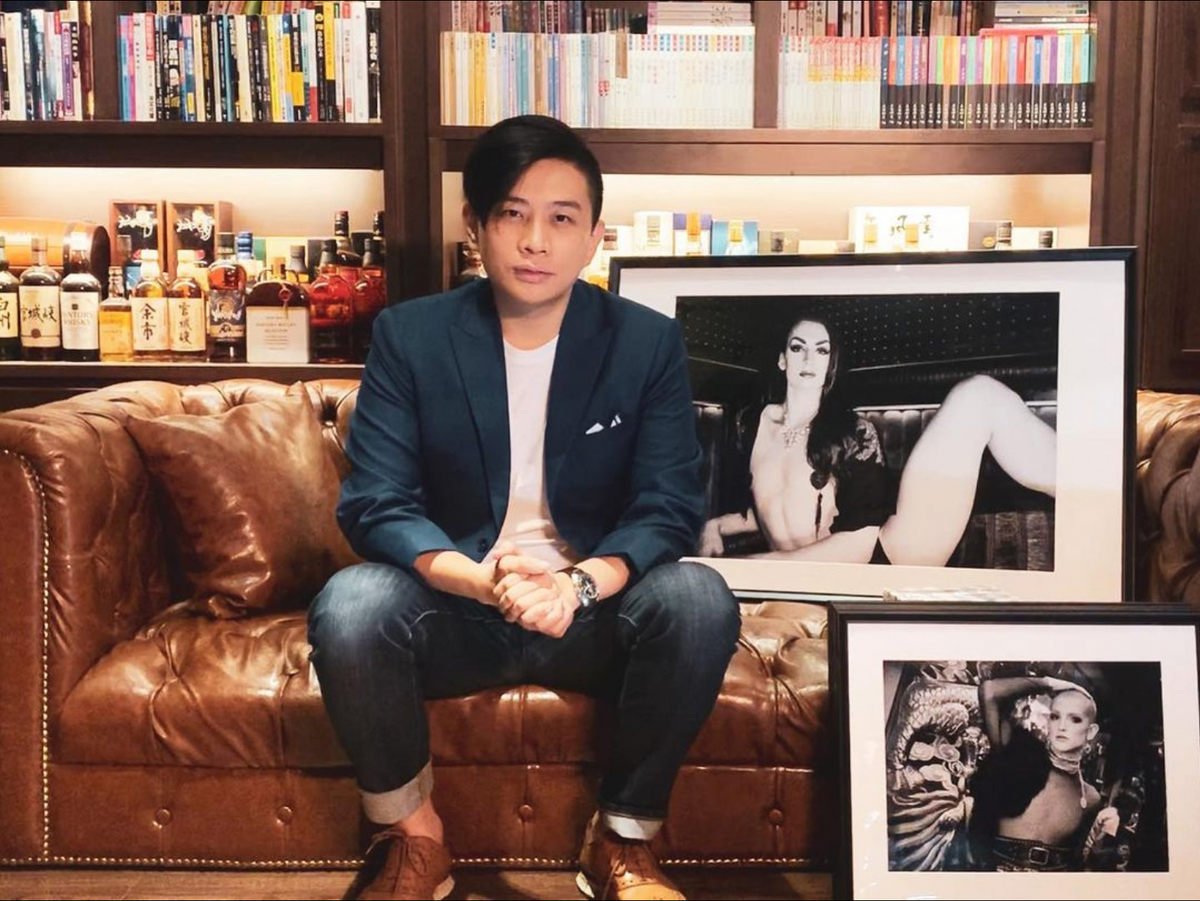
A few minutes every morning is all you need.
Stay up to date on the world's Headlines and Human Stories. It's fun, it's factual, it's fluff-free.
Hong Kong photographer Kasper Forest derived his pseudonym from his Chinese name, Lam (林) – written in Chinese as two “tree trunks" pieced together. Two trunks might form a forest, and perhaps thousands of pictures might form a fuller picture of a city’s identity. Forest certainly thinks so.
From photographing on production sets to branching out into street photography in 2016, Forest says he has departed from all fabrication and embraced “truth” in his works. This move has granted him exhibition opportunities and recognition – notably, he was awarded the International Artists Golden Award at the 2019 Art Next Expo.
TMS sat down with Forest to talk more about his background and art, how conflict and identity shape his works and what photography has done for his life.
Accidental beginnings
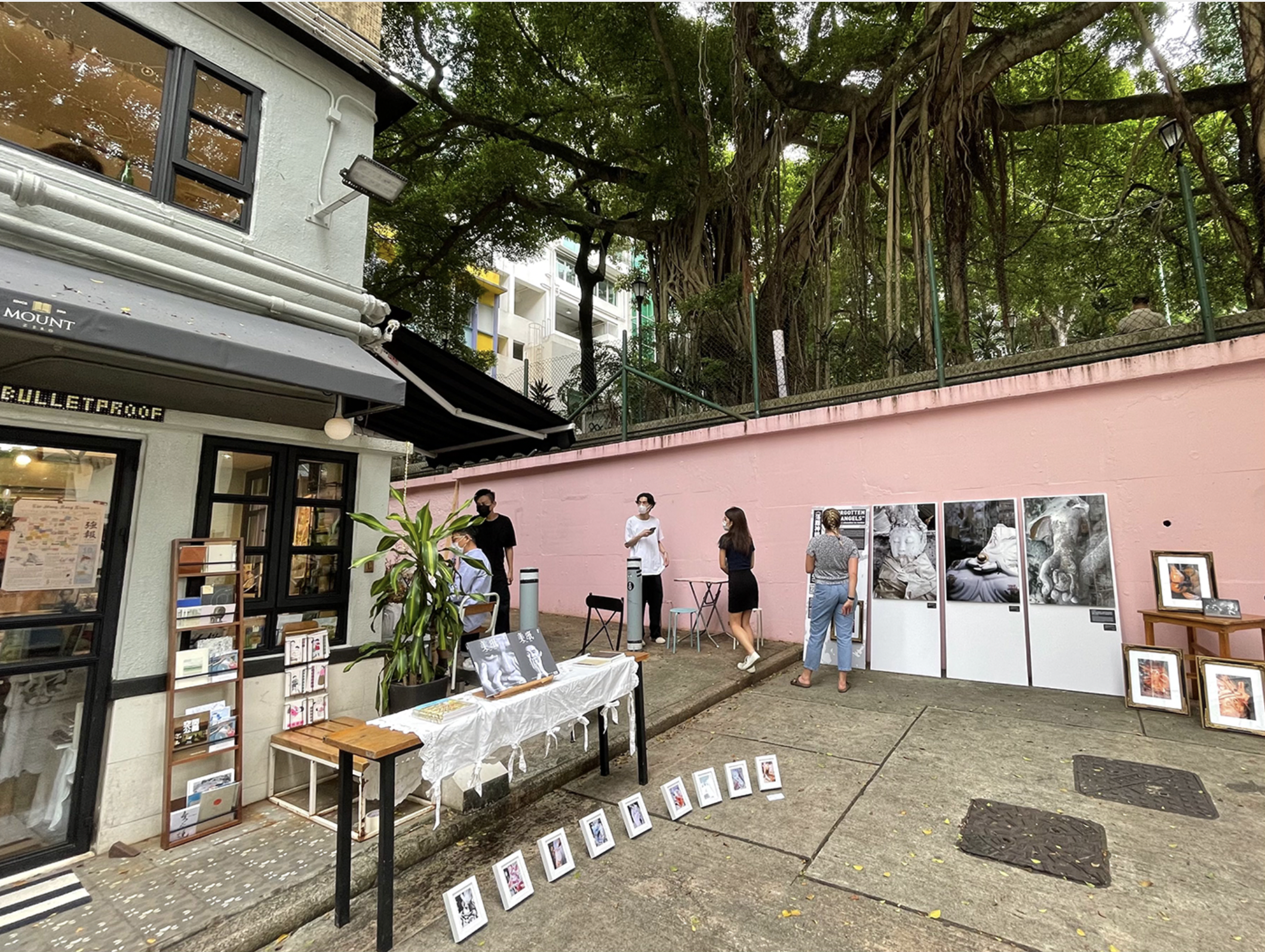
Recounting his early days of photography, Kasper admits that he stumbled into the medium and has fallen in love with it ever since.
“For me, I think, photography is the easiest thing to create something,” says Forest. “Even if you just have a camera, you can capture, then you can explain in your own way. If someone wants to talk, wants to create something, I think photography is the number one choice as the easiest way to do it.”
In Forest’s eyes, photography is arguably the most low-maintenance art medium to work with. Without the complications of requiring fancy paper and intricate tools, photography simply calls for a camera and something to shoot. So he believes that anyone can find a voice through photography.
Aside from the ease of getting started, photography has provided Forest with a catharsis.
“I think I have so much negative power inside my body and my mind, and I need to find a way out,” explains Forest. “Photography is the way for me to release.”
As for the technical aspects of Forest’s approach to photography, there is something intuitive about his methods. Most people would argue that composition and framing are essential elements in photography, but these aspects seem to come naturally to him as he’s shooting.
“When I talk about the composition, I will say, I use a camera to show every single detail of the city,” says Forest. “Everything you can see is clear in my photo because I want to tell people that is the texture of the city.”
The cross-sections of identity and conflict
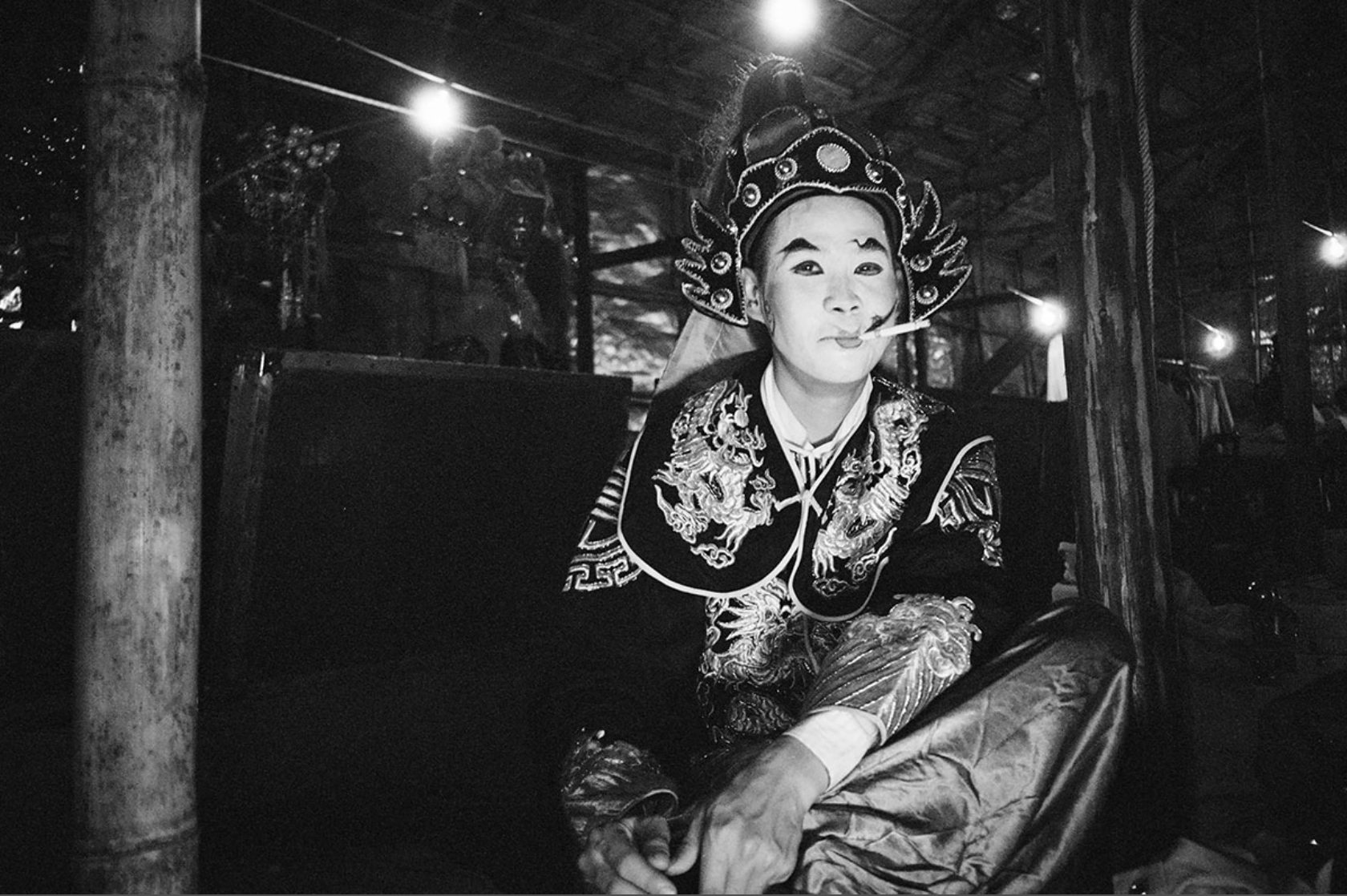
The voice that Forest has chosen to champion is that of minorities and overlooked groups in Hong Kong. His subjects range from ethnic minorities and queer folk to the impoverished, to name a few.
The power of photography rests in the fact that it captures what the eyes rarely meet and thus opens doors to the lives of people we might never cross paths with on our own. Forest harnesses this idea and goes beyond it, seeking out people that most Hong Kong society might neglect. By doing so, he hopes to enable more acceptance and visibility for marginalized individuals in the city.
“They are under the darkness in Hong Kong,” says Forest. “So that’s why I use black and white, and that’s why I shoot in nighttime. For example, for the LGBT community and some, like BDSM, whatever, queer – we know they are existing, but we don’t want to accept them. They are existing, but they are still in the darkness of this city.”
Artistically, Forest uses strong contrasts of black and white in his photos to strengthen this idea, probing the audience to question: if we can accept these extreme elements in a photo, and we like it – why don’t we accept it in reality?
“We try to pretend they are not here,” he says. “I think the ideal society has the good side … and the dark side. The dark side doesn’t mean that it’s something bad, but just something not as good as our ‘standards,’ something like that. So that’s why I shoot in the nighttime, I use black and white, I enhance the contrast so much … I just want to tell the people how we have contradiction in our society too much.”
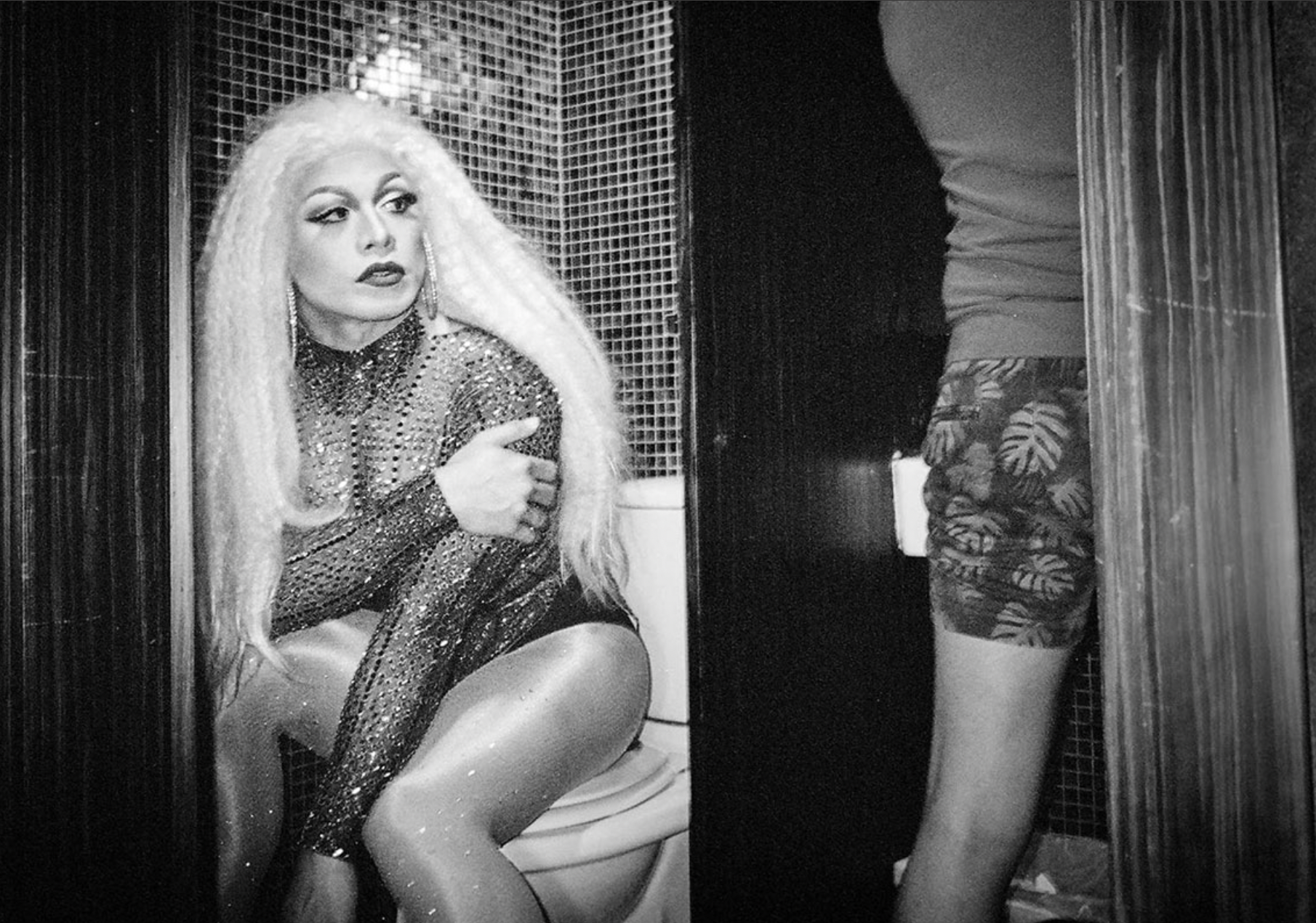
The strong chiaroscuro is particularly evident in Forest’s projects #ConflictHongKong and #ImmediateSexuality, which showcase portraits focusing on the diverse identities and contradictions in Hong Kong. For example, in one photo, a nonchalant lady crouches in the foreground with a cigarette in her hand while she holds onto a baby stroller in which rests an oblivious baby. In another photo, a toilet wall separates a man in the urinal and a drag queen on the toilet stool.
“If I invite some people to shoot, I will put them in the way that it conjures their identity.” Forest recalls a photo shoot with some Indian women in the city that were evidently in the upper class. He placed them against the background of some rubbish and gritty street scenery for a more dramatic contrast.
“I want to emphasize the contradiction,” he explains.
Forging relationships through street photography
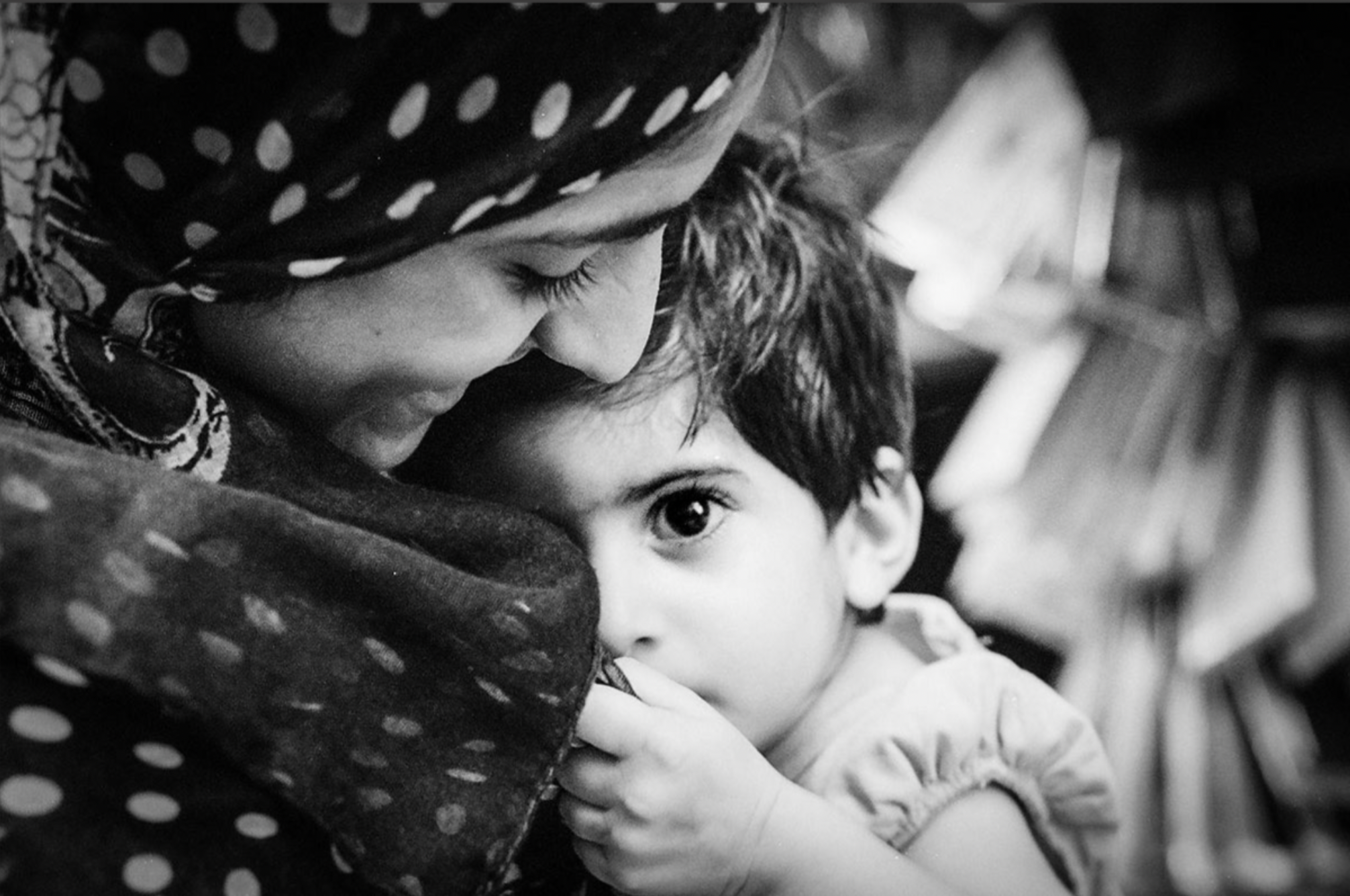
The picture might tell a story, but it extends beyond the captured moment. Forest also makes a concerted effort to nurture a relationship between himself and his subjects.
Before the pandemic, Forest would spend one day every week on the streets of Hong Kong, determined to find someone to talk to, if not photograph. He ventures out often until midnight and strikes up a conversation with any strangers he finds interesting.
“[I] shoot in the street to show the texture of the city, the texture of the person and also put the contradictory elements on the photos. These are some of my principles,” Forest asserts.
Yet, the process is something that he learned gradually. In his first year, he overlooked the importance of a connection but found that missing link as he honed his craft.
On what a typical night entails, Forest says, “If I want to shoot with some people, I will go to talk with them, buy some food, buy some beer, and then talk … After we talk, then we will start to shoot, after we talk. That is so important to me.”
As for the districts he visits, he is adamant about going where most don’t. While there are photographers capturing the beauty of Hong Kong, Forest focuses on “the dark side” where suffering can be found. If ever someone were to piece together a puzzle of our generation, he hopes to make sure the puzzle is complete, and the often overlooked aren’t forgotten.
“I want to go to some districts that are suffering in Hong Kong. Or some groups which I feel they are suffering … Their suffering, I feel is connected to my suffering,” Forest expresses. “Maybe they are two things, completely two situations, but we are under the same generation, same society, and we have the same suffering energy. So I think we are connected.”
“Photography saved my life”
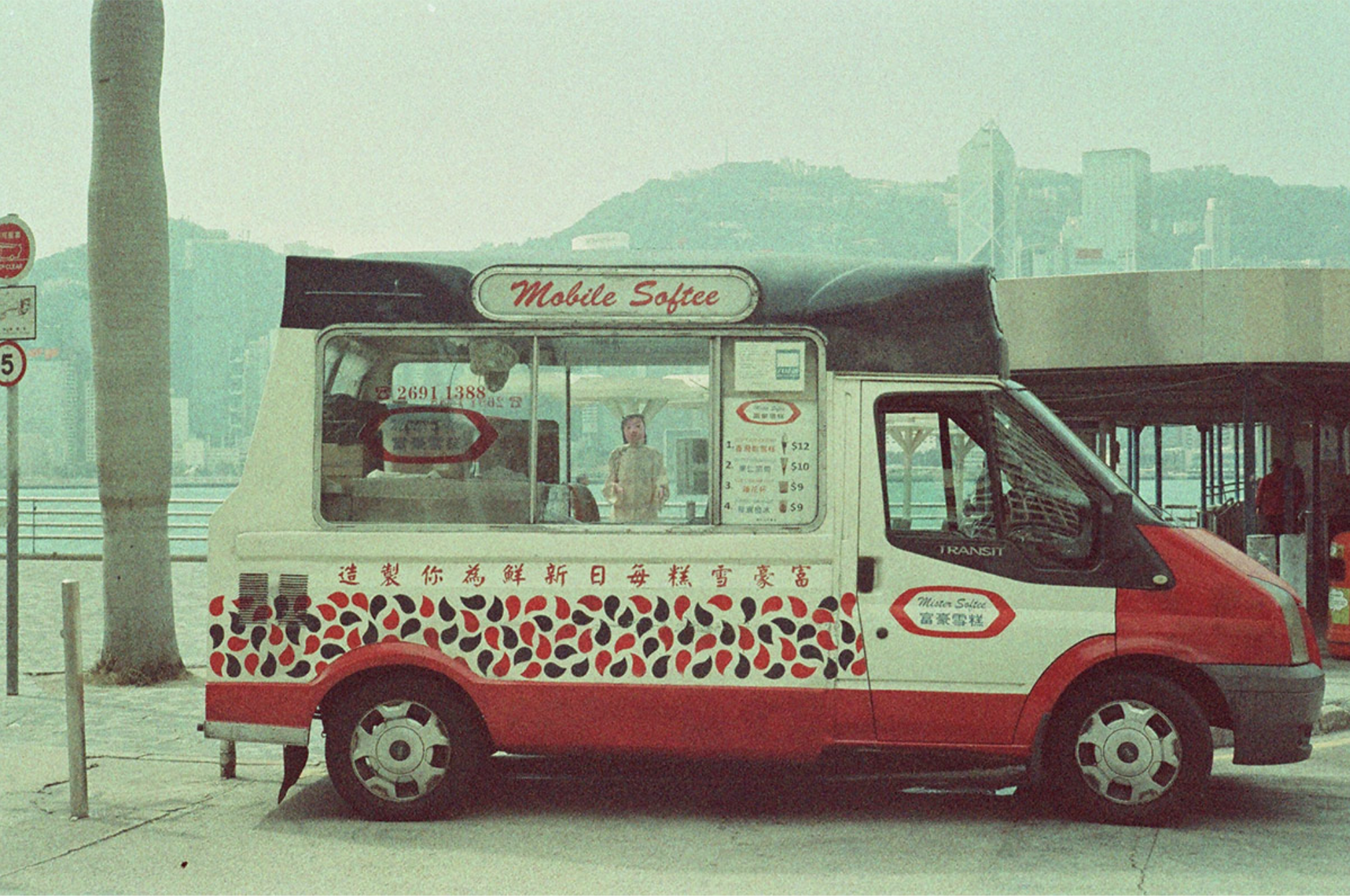
Of the many anecdotes Forest shares with us, one sticks out in particular – he recalls wandering on Temple Street with his earphones on where he was taking street snaps as usual. He decided to take one with three men passing by, but the men were angered to have been photographed and called in five more men to challenge him.
This was only one of the several times Forest has encountered a life-threatening situation while practicing his art. And yet, with all the danger attached to exploring the lesser-known areas of Hong Kong, Forest continues.
“I think photography saved my life,” he says. “I will not die if I don’t shoot; I think I’ll still be alive, but … this [photography] is the thing that settles many problems in society to me. So even if no exhibition one day, no one understands my photo or sees my photo, I will keep doing it because that is one of the most important checklists of my life. I have to do it.”




Comments ()